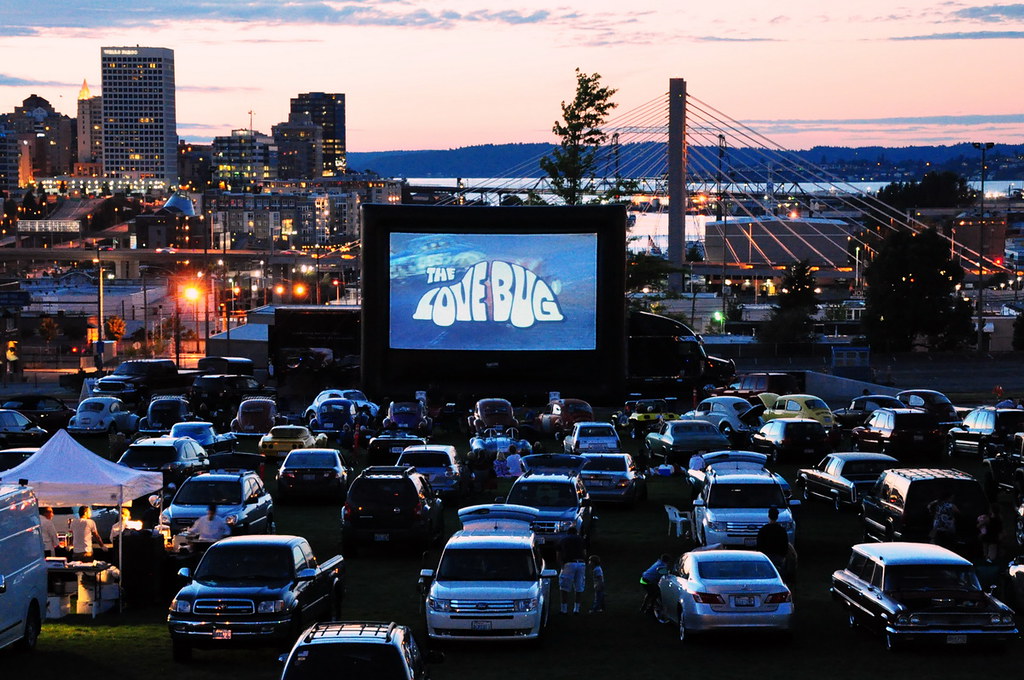Changes to Cinematography During COVID-19
During the Coronavirus Pandemic How has the coronavirus pandemic changed the film industry? Movies and TV shows will look much different in the coming years. One of the most difficult challenges that filmmakers now face is finding a suitable filming location. Business owners, understandably, are not welcoming film crews with open arms to shoot scenes at restaurants, hotels, pizza shops, or schools. Mark Johnson, a producer working on the sixth season of AMC’s Better Call Saul, reported to the Washington Post that, “a lot of places just won’t let you in… Like a lot of other people” he continues, “we’re going to have to be very creative in where and how we shoot.” We can expect that film producers will shoot the majority of their scenes outside to reduce potential transmission. The coronavirus will also limit the number of extras on film sets. People are much less likely to join large crowds nowadays, even with the possibility of a paycheck. This created complications for Lucas Foster, a producer on an upcoming adaptation of Stephen King’s Children of the Corn. When the pandemic began to spread globally in March, he and his team had already begun filming, and they had secured millions of dollars in funding; so, they were not going to halt production. However, to continue filming, the production team needed to make major adjustments to their storyboard. “I had to figure out how to do a crowd with no more than a few people at the same time,” Foster recalls. “And by taking two actors who would normally be close together and make them not close together. In the end I’d get the scene I needed, but it looked different than it would have before the pandemic.” One way that some producers are planning on showing crowds in scenes is by using computer-generated imagery (CGI). CGI is expensive though, and when you add these costs to the costs of providing testing and other accommodations and safeguards, less money is used to improve the quality of the film. Producers worry that this could result in a weaker finished product than audiences are used to. Large production companies are able to absorb these costs, for the most however. The independent film industry will face the most challenging setbacks. Independent productions, or ‘indies’, are different from most box-office films because they are not produced by major film studios. Instead, they typically receive funding from investors, arts agencies, or the friends and family of the people on the production team. Whiplash and Little Miss Sunshine are two excellent examples of indie films. Indie film producers need two assurances before filming begins. First, indie productions require insurance policies to protect against workplace lawsuits. Second, they need completion bonds, where a guarantor agrees to provide additional funding to finish filming if production stops. Unfortunately, no company is willing to cover covid-19 related incidents in both cases. “Fifty percent of the independent film industry [will go] away,” according to a partner in the corporate entertainment department of a Los Angeles law firm who arranges film financing deals. Although we all hope that life will return to normal in 2021, we may have to wait until 2022 to watch new content that will look similar to what we’re used to seeing.



